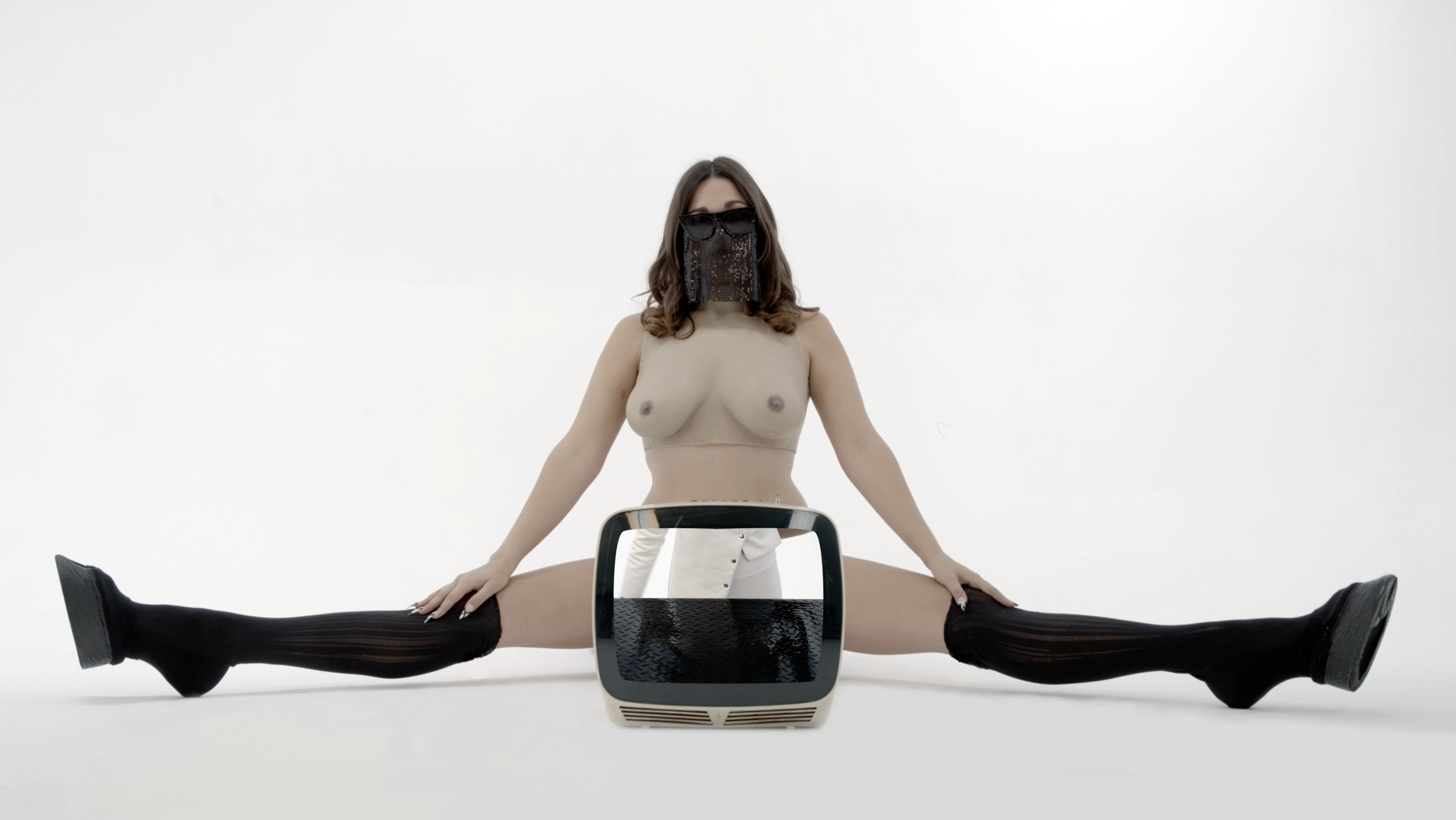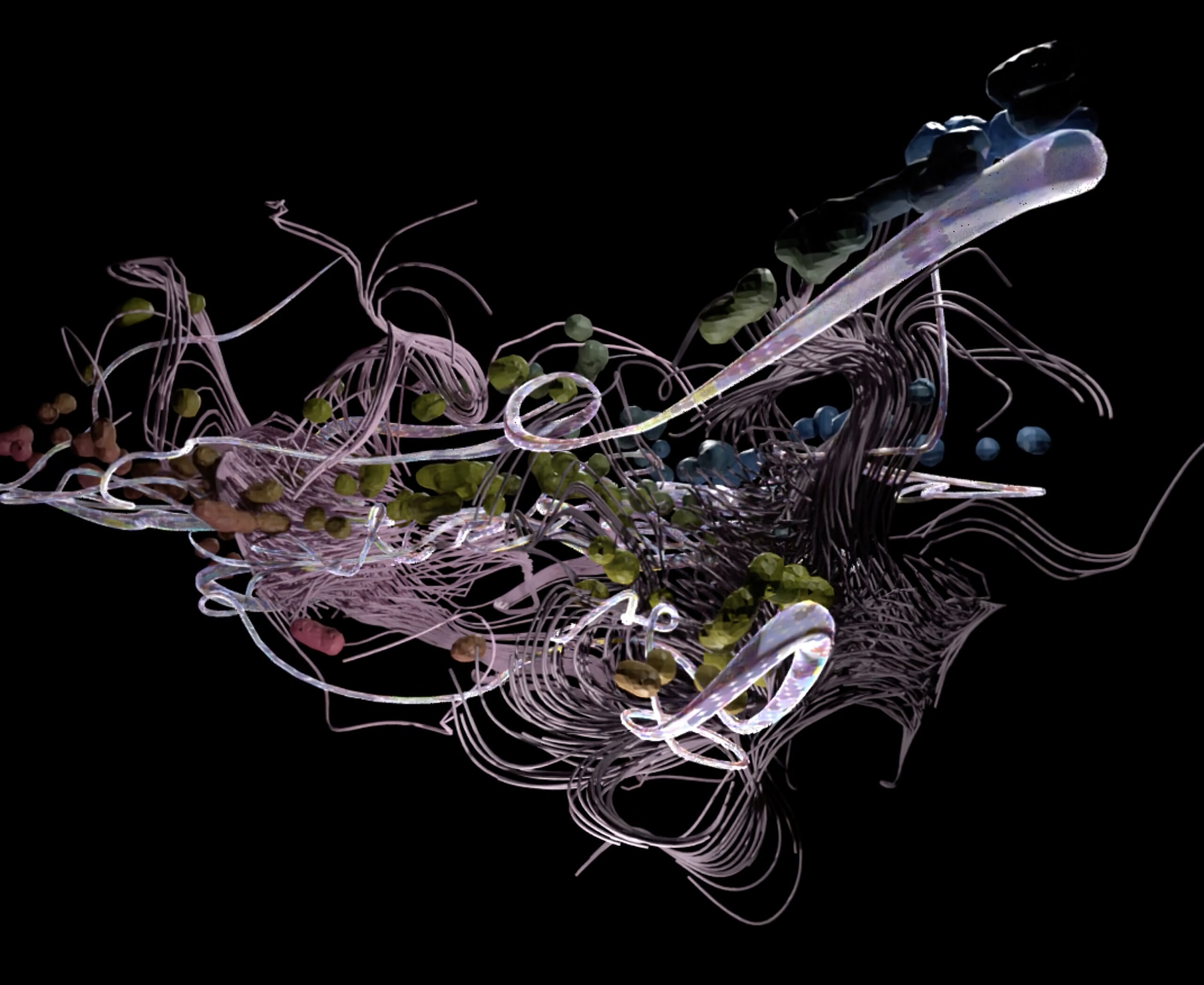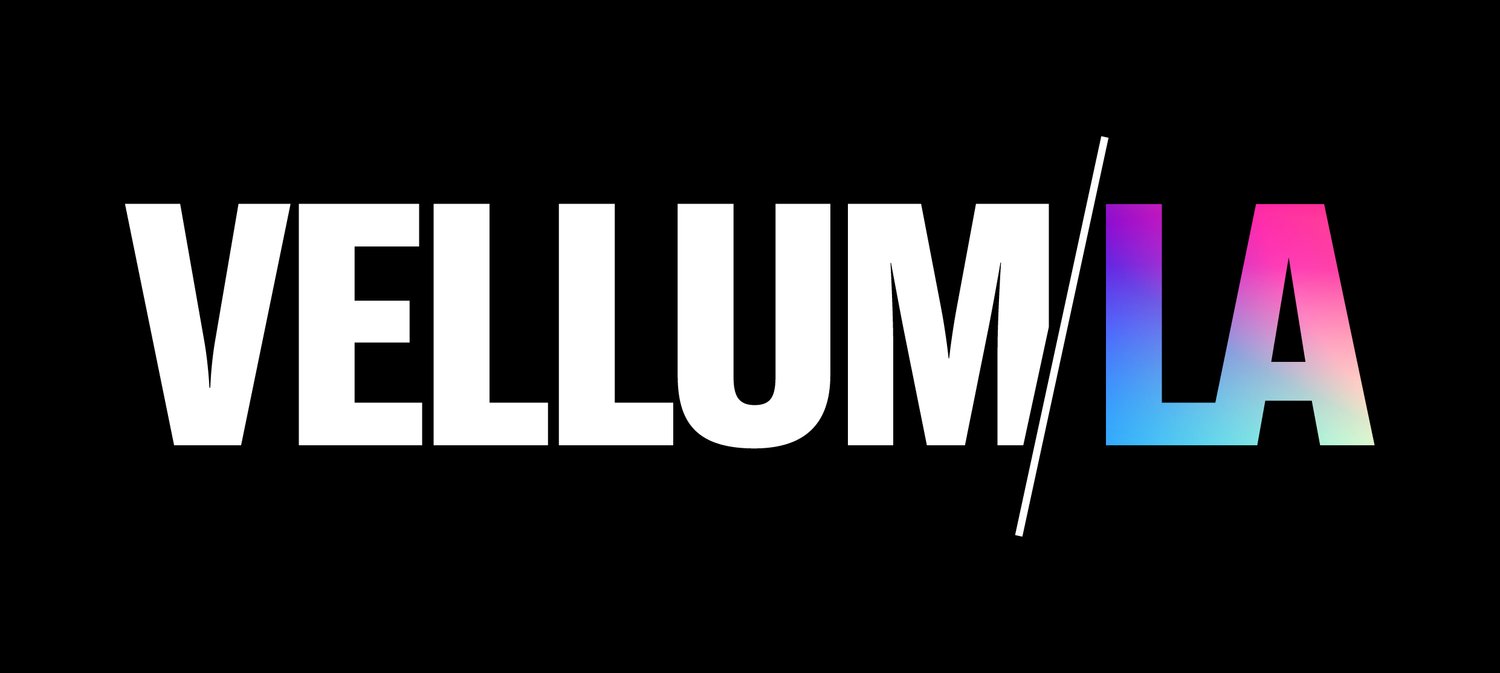March 2023
Vellum LA x EPOCH Present: LIFELIKE
LA’s Premier Digital Art Gallery Hosts Group Exhibition Exploring Body Sovereignty in Web3

Oona x Lori Baldwin, Still from Spread, (2023)
March 16, 2023 – April 2, 2023
Vellum LA
7673 Melrose Ave | Los Angeles CA 90046
info@vellumla.com
Thurs – Sun | 1-6 PM
https://www.vellumla.com/lifelike-groupexhibition
Opening Reception:
March 16, 2023 | 7-9PM
RSVP LINK
VELLUM LA X EPOCH FEATURED ARTISTS
EDGAR FABIÁN FRÍAS · LANS KING · LAUREN LEE MCCARTHY · OONA x LORI BALDWIN · SAMMIE VEELER · WHITE MALE ARTIST AKA CASSILS · XIN LIU
EPOCH VIRTUAL EXHIBITION FEATURED ARTISTS
CASSILS · LANS KING · LAUREN LEE MCCARTHY · NICOLE WILSON · PUSSY RIOT · SPUTNIKO! · XIN LIU
Los Angeles, CA (March 1, 2023) – Vellum LA is proud to present LIFELIKE, our latest group exhibition in collaboration with EPOCH, curated by Katie Peyton Hofstadter. LIFELIKE explores the work of ten artists logging biological, genetic, and behavioral information on a digital ledger, invoking a conversation about body sovereignty in Web3. This curated exhibition expands the ideas put forth in Hofstadter’s text, Bodies on the Blockchain (2022), with new works by select artists available for sale through private inquiry.
Technology is moving into our bodies, and our bodies are moving into technology. The stakes are high: Will we double our health spans or create a techno-dystopian Gilead? The artists in this exhibition are interested in what it will mean, and how it will feel, to have a body in a future where wetware (living tissue) serves as a foundation for technology, where medical implants monitor our hearts and minds, and where decisions are made by programs none of us fully understand.
Today, phones harvest information about our bodies and behaviors by default. How does it feel to seek digital connection when our every swipe, movement, and private message is under surveillance? Since the publication of Hofstadter’s original text, Eva Galperin from the Electronic Frontier Foundation has sounded alarms on the “unprecedented digital surveillance” on the bodies of abortion seekers in the U.S.; the E.U. has proposed mandatory government scanning of private messages, photos and videos; and lab-grown human brain cells in a petri dish have learned to play Pong faster than an artificial intelligence. Body sovereignty has always been a privilege, and the history of predatory surveillance is deeply tied to systemic racism; while the aspirational mythology of Web3 promises individuals more control, it does not distribute that power equally, perpetuating technocapitalism’s colonial legacy.
Activists and leaders around the globe are demanding legislation to encode equitable human rights for all bodies, which must evolve and keep pace with the technology they use.
The artists in LIFELIKE bring a creative lens to the conversation: probing the ways information flows between our biological and virtual identities, expanding our vocabulary through imaginative scenarios, and using their own bodies to propel the conversation about the role – and rights – of all bodies in a hybrid world. By stress-testing so-called Web3’s effect on their own bodies, these ten artists also invite the possibility that the lab rats might now take back control.

Xin Liu, Still from When we were all Flowers (2022)
LIFELIKE x Vellum presents work by Edgar Fabián Frías, Lans King, Lauren Lee McCarthy, Oona x Lori Baldwin, Sammie Veeler x Mistress Fix, White Male Artist aka Cassils, and Xin Liu. The virtual exhibition, LIFELIKE x EPOCH presents work by Cassils, Lans King, Lauren Lee McCarthy, Nicole Wilson, Pussy Riot, Sputniko!, and Xin Liu.
Lauren Lee McCarthy physically embodies familiar messaging technology in uncanny scenarios, underscoring the emergent tensions between physical bodies and digital intimacy. By crowdsourcing material from their own performance, Sammie Veeler x Mistress Fix reflect on experience flattened for screens and measured in impressions, as well as the precarity of digital representation for trans people and sex workers. Edgar Fabián Frías’s nierikas are both maps and divining tools, helping to facilitate ancestral communion and transcendental experiences. Kïïka translates to “come closer” or to “cuddle up.” With references to internet subcultures, abstract art, digital decay, and glitch aesthetics, these maps can help bodies generate physical and mental location, as well as create cosmologies, ontologies, and construct reality itself.
Lans King uses a cutting-edge brain-computer interface device to generate sculptures using his own brain data, as he meditates on the phrase “be like water”: new monuments, perhaps, to the sovereignty of our minds. White Male Artist aka Cassils highlights trans visibility and the pressure of surveillance on othered lives. Confounding real and prosthetic breasts, sexuality, and stereotypes, Oona x Lori Baldwin ask, what’s the difference between women’s artwork and butter? Spread. In a series of inquiries on the genetic myth of personhood and community, Xin Liu visualizes her sequenced genetic code as an expansive digital sculpture, both a flower and a root system, signifying fertility in a hostile environment.
Pussy Riot’s Nadya Tolokonnikova offers her blood to collectors, drawing visceral attention to the incarceration system and the brutal Putin regime. Nicole Wilson’s long-term research-based work creates a symbolic link between the preserved skin of a Bronze Age wet mummy, exposed by the melting of ice in the Ötztal Alps, and the local and distributed corpus of the living artist. Sputniko! prompts inquiry into the optimization of romantic identity by minting a supercharged silkworm genetically modified with the “love hormone”; the resulting speculative narrative smudges distinctions between biohacking, science, and cultural mythology.
McCarthy, Wilson, Sputniko!, Veeler x Fix, and Frías, perhaps, also subvert the biohacker “optimization” ethos of ever more powerful bodies and minds, prompting a meditation on vulnerability, connection, and hybrid intimacy. Others, including Pussy Riot, Cassils, King, Liu and Oona x Baldwin test constraints and potentially, embody some form of escape. Taken together, these projects all open intimate space for us, the audience, to explore the tension in our own lives between digital identity, body sovereignty, and the datafication of our networked selves.
Presentation
For the first iteration of LIFELIKE, EPOCH has placed nine works by seven artists inside a virtual representation of Biosphere 2, a failed twentieth-century experiment in self-sustaining post-ecocollapse living. The expanded Vellum LA exhibition presents eight new conceptual and performance-based works. Each uses the screen display as a jumping-off point for deeper exploration, and engagement with transmedia, conceptual, and performance practices. The virtual EPOCH exhibition will be displayed inside Vellum LA’s main gallery for the run of the exhibition, and on view on the panorama screen for one night only.
ABOUT VELLUM LA
Vellum LA is a digital art gallery based in Los Angeles, CA whose goal is to meaningfully situate the digital and crypto art communities within the context of art history, while also educating the public on the potential of blockchain and NFTs to impact the future of art.
Vellum’s emphasis on physical exhibition is core to their approach— whether by displaying artwork on our state-of-the-art LED displays, curating and creating site specific immersive experiences, or taking over larger-scale media installations around the world, Vellum aims to reinvent how digital art is experienced in the physical world. www.vellumla.com
ABOUT KATIE PEYTON HOFSTADTER
Katie Peyton Hofstadter is a Los Angeles / New York-based writer, artist and curator. Her work explores the role of artists and writers in co-creating systems for the present and for the imagined, near future. She has co-founded several international art campaigns, including #MakeUsVisible and the Climate Clock monument, as well as Future Art Models, a US-based project in prefigurative imagination commissioned by apexart. She is a contributor to Flash Art, The Believer, BOMB, The Bulletin of Atomic Scientists, and Right Click Save. For the past ten years, she has taught undergraduate and graduate courses at Parsons, The New School, and F.I.T., including writing, curating, and public programming for the arts.
ABOUT EPOCH
EPOCH is an artist-run virtual exhibition space that serves as a platform for showcasing and disseminating contemporary digital art practices. With a focus on community building and inclusivity, EPOCH represents a significant contribution to the field of contemporary art and its engagement with digital technologies. https://epoch.gallery/
ABOUT LUMA CANVAS
Luma Canvas is a museum-grade LED display designed specifically for digital art and NFTs. Bringing artwork to life through the widest color gamut available and an unparalleled 160- degree viewing angle, Luma Canvas boasts resilient LED technology and is immediately more vivid than the highest caliber of TV displays. https://lumacanvas.com/

